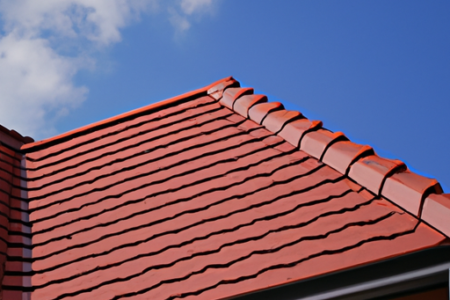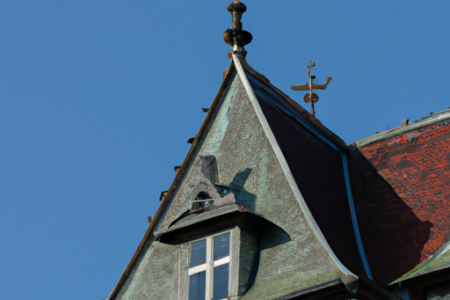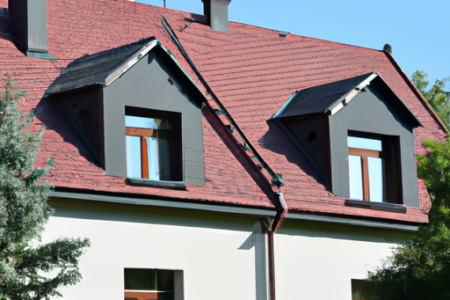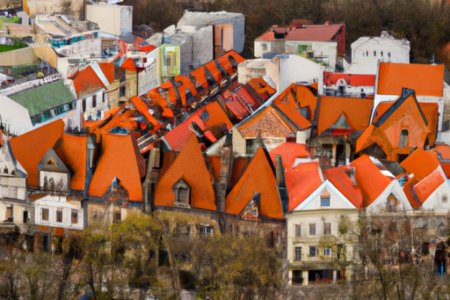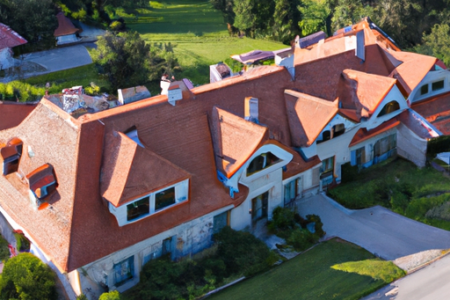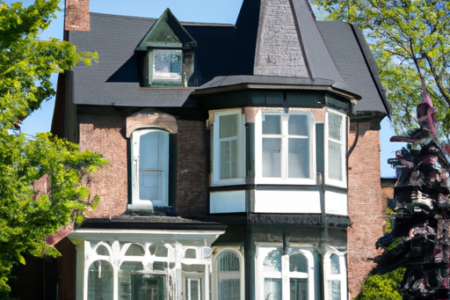and functionality of the roof. A steeper pitch angle allows for more usable space under the roof, while a shallower angle may be more aesthetically pleasing. Additionally, the choice of materials for the roof is crucial, as different materials have varying costs, durability, and aesthetic qualities. It is important to select materials that not only fit with the overall design vision but also meet the required maintenance needs. The design and placement of dormer windows are also important considerations, as they can enhance the architectural style of the mansard roof and provide natural light and ventilation to the interior space. Finally, it is essential to work with experienced professionals who specialize in roofing and construction, as they can provide valuable advice and guidance throughout the process. With careful planning and consideration of these key factors, homeowners can successfully design and build a beautiful and functional mansard roof that adds charm and character to their property.
